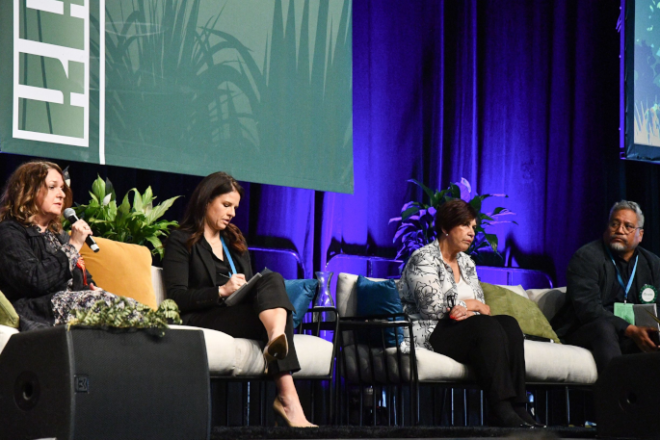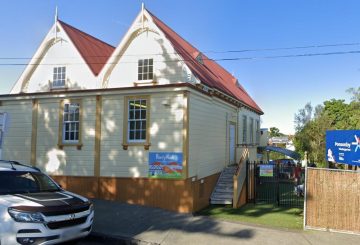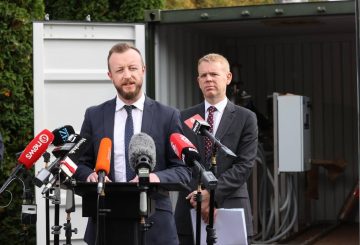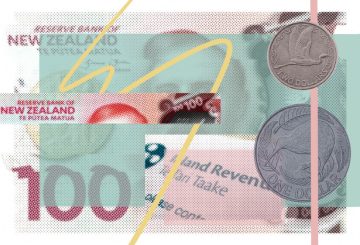타우랑가 출신의 초등학교 교사인 바네사 밀라 (Vanessa Millar) 는 정치인들에게 아이들을 정치적 분쟁에서 벗어나게 해줄 것을 촉구하면서 아이들을 “정치적 럭비공”으로 사용하는 것에 비유했다.밀라는 로토루아에서 열린 NZEI Te Riu Roa 연례 컨퍼런스에서 네 주요 정당의 대표들에게 교육을 당사자 간 공동 이슈로 만들기 위한 계획에 대해 물었고, 참석한 교육자들로부터 박수를 받았습니다.
Millar는 정책이 자주 바뀌고 비전을 공유하지 않는 것이 아이들의 미래에 해롭다고 강조했습니다.
노동당의 얀 티네티 (Jan Tinetti) 는 아동은 매우 소중하며 정치가 교육을 방해해서는 안 된다며 이에 동의했다.국민당의 에리카 스탠포드 (Erica Stanford) 는 해당 분야의 다양한 아이디어와 토론의 가치를 강조했습니다.
테 파티 마오리족의 메레피카 라우카와-타이트 (Merepeka Raukawa-Tait) 는 정당 간 협력에 회의적인 반응을 보였고, 녹색당의 티아나우 투이오노 (Teanau Tuiono) 는 티네티의 정서를 지지하면서 충분한 정당이 단결하면 진전을 이룰 수 있다고 제안했다.
당사자들의 교육 정책은 다양하다.
- 국민당은 학교에서 휴대폰을 금지하고, 핵심 과목을 강조하고, 커리큘럼을 다시 작성하고, 교사를 위한 졸업 시험을 도입하는 것을 목표로 합니다.
- 노동당은 급식을 계속하고, 금융 지식을 의무화하고, 핵심 과목에 대한 교수법을 의무화하고, 교사들이 새로운 규정을 적용할 수 있도록 지원하는 자료를 제공하는 데 중점을 두고 있습니다.
- 녹색당은 강의실 스트리밍을 중단하고, 대안적인 학교 거버넌스 모델을 시도하고, 테레오 마오리어와 티캉가 마오리어를 보편적으로 가르치고, 어린이 목소리를 우선시하는 사역 부서를 설립하는 것을 지지합니다.
- 테 파티 마오리는 카우파파 마오리 교육을 강조하며, 교육 예산의 상당 부분을 마오리 모델에 할당하고, 16세 미만 학생의 학교 퇴학을 금지하고, 견습 비용을 면제합니다.






























































